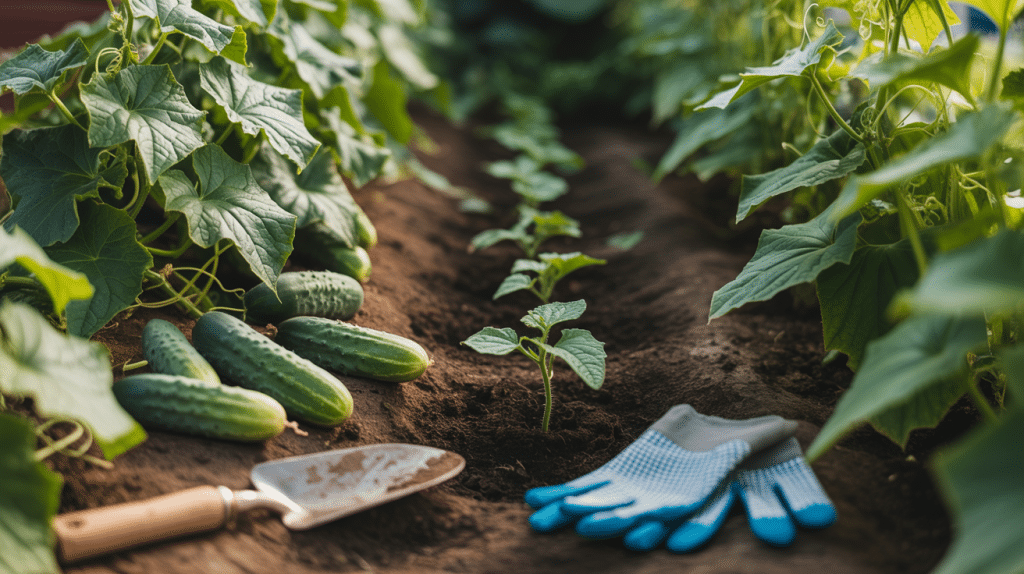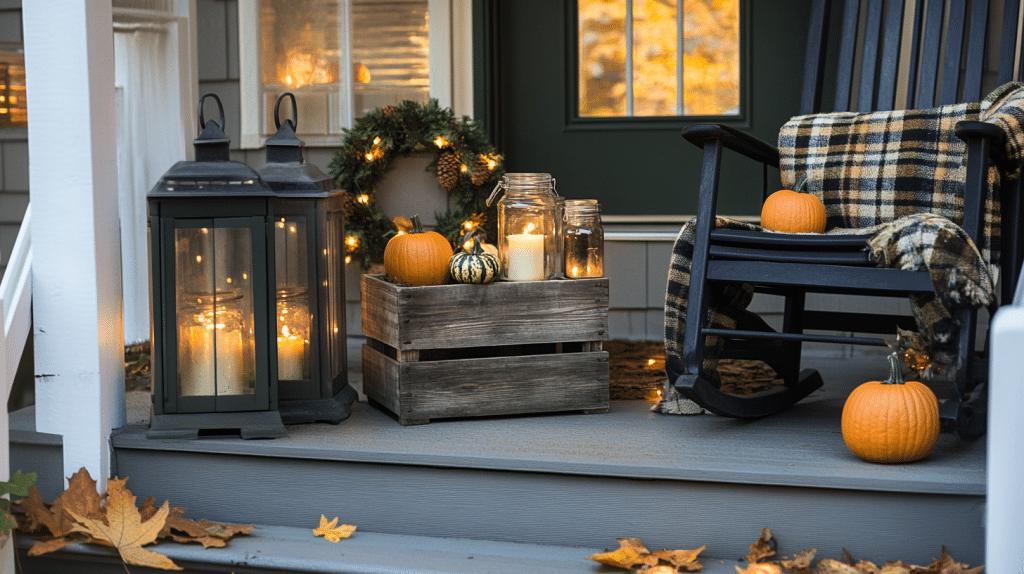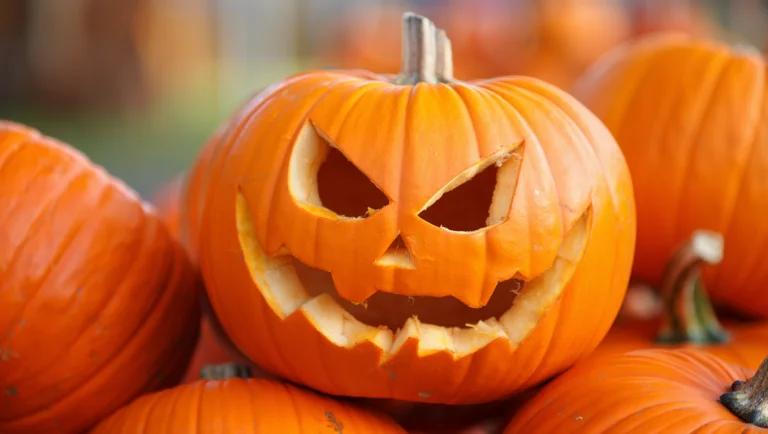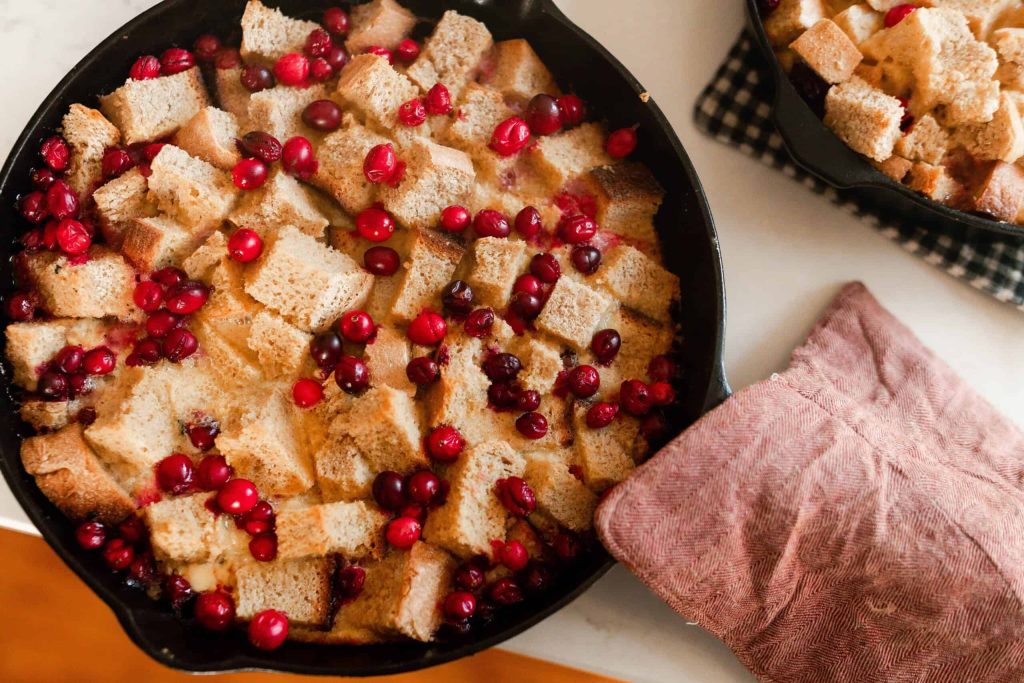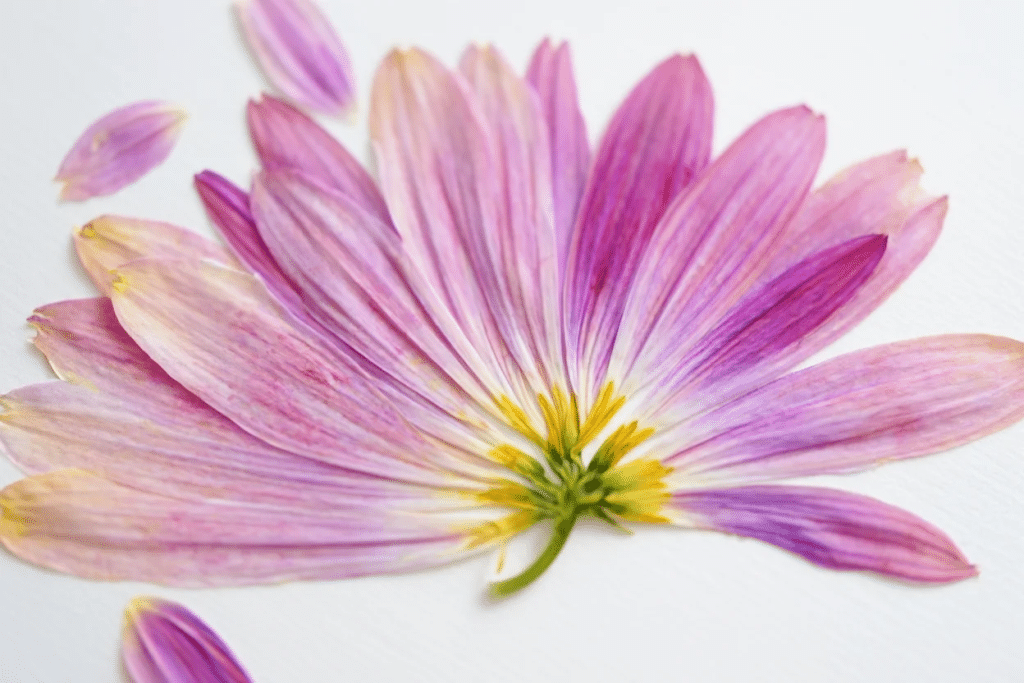Did you just pull out your cucumber plants and now have an empty patch of soil? Many gardeners face this same situation every season.
Those bare spots in your garden are full of growing chances! Your soil still has plenty of nutrients to feed new plants – if you pick the right ones.
You want to make the most of your garden space, and I’m here to help you do that. Planting the correct follow-up crops can boost your soil health, ward off bugs, and give you more food from the same space.
Ready to turn that empty cucumber patch into a fruitful spot? I’ll show you what to plant after cucumbers, which plants work well together, which ones to avoid, and some smart tips to get the most from your garden spot. Let’s get started!
Why Should You Rotate Your Crops After Cucumbers?
Planning what to grow after your cucumber harvest can greatly improve your garden’s success. Crop rotation offers several important advantages that make your gardening efforts more rewarding.
Switching plant types helps stop harmful insects from building up in your soil since many pests prefer specific plant families. It also prevents diseases that linger in the ground waiting for their favorite host plants to return.
Different plants require varying amounts of soil nutrients, so rotation keeps your garden beds balanced and fertile.
Some crops naturally suppress weeds better than others, giving you less maintenance work throughout the season.
When you choose the right plants to follow cucumbers, they often perform better because of the soil improvements cucumbers create. This smart gardening practice reduces your workload while increasing your harvests, making it a win-win strategy for any home gardener.
Best Successive Crops After Cucumbers for a Bountiful Harvest
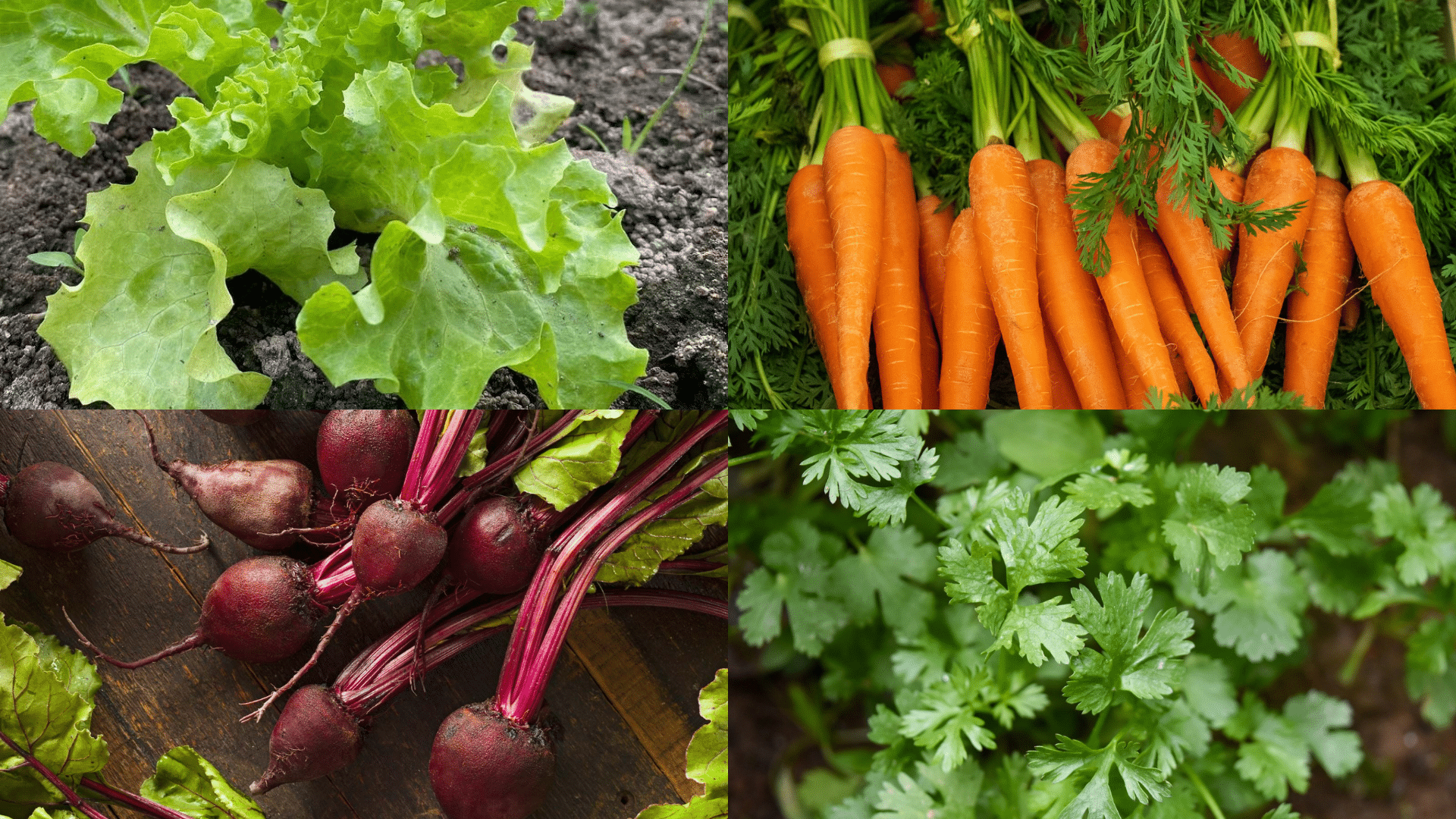
When deciding what to plant after cucumbers, I like to think about which plants will work well with the soil conditions left behind.
Here are some great options grouped by type that will help you keep your garden productive:
Leafy Greens
These leafy options give you fresh food fast while your soil recovers. These fast-growing plants love the nitrogen that might be left in your soil:
- Spinach: This quick-growing plant thrives in spots where cucumbers have grown and can handle cooler temperatures as the seasons change.
- Lettuce: Various types can be planted for a steady supply of fresh salad greens from the same garden space.
- Kale: A tough plant that can grow well into the colder months after your cucumber harvest ends.
- Swiss Chard: With colorful stems and tasty leaves, it makes good use of the garden bed.
Root Vegetables
Root crops help work your soil at various depths for better long-term garden health. These plants dig deep where cucumber roots didn’t reach:
- Radishes: They grow so fast that you’ll have a harvest in just 3-4 weeks after planting.
- Carrots: Their deep roots break up soil that was packed down during cucumber growing.
- Beets: They pull different nutrients than cucumbers and often taste better after a light frost.
My Top Picks
You can keep your garden working hard through multiple seasons without much extra effort. These are my personal favorites for cucumber bed succession:
- Peas: As soil helpers, they add back nitrogen that cucumbers may have used up.
- Bush Beans: Like peas, they improve soil and don’t need the same nutrients as cucumbers.
- Garlic: When planted in fall, it uses the bed through winter and gives you an early spring crop.
- Cilantro: This herb grows quickly when direct-seeded and enjoys the space cucumbers leave behind.
Antagonistic Plants to Avoid Growing After Cucumbers
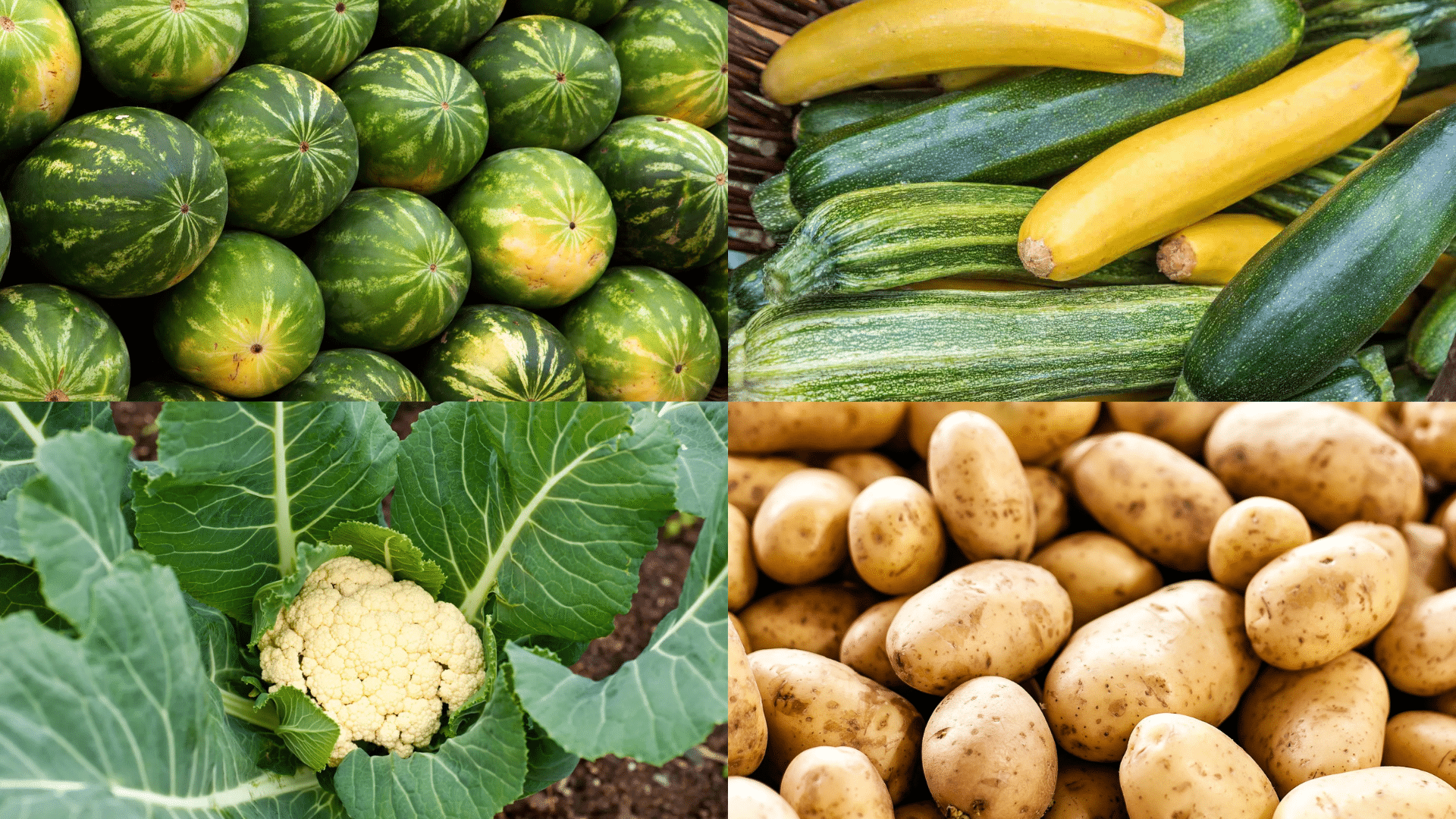
When planning what to plant after cucumbers, knowing which plants to avoid is just as important as knowing what works well.
Some plants simply don’t get along with the soil conditions left by cucumber plants. These plants don’t grow well after cucumbers for various reasons:
1. Melons: They face the same soil-borne diseases as cucumbers and can get sick from leftover problems.
2. Squash: As cucumber cousins, they’re weak to the same bugs and fungi that might still be in your soil.
3. Pumpkins: These plants use similar nutrients and can struggle in soil where cucumbers have just grown.
4. Zucchini: Like other family members, they’re at risk for the same diseases cucumbers might have left behind.
5. Strawberries: They prefer very different soil conditions and may not thrive where cucumbers have just finished.
6. Potatoes: They compete poorly with any disease organisms left in the soil from cucumbers.
7. Cauliflower: This crop needs lots of nutrients that cucumbers might have already used up.
8. Tomatoes: Though not related, they can face similar fungal problems as cucumbers and do better elsewhere.
Tips for a Thriving Garden After Planting Cucumbers
Figuring out what to plant after cucumbers can help you get the most from your garden space year-round. Here are some handy tips I’ve learned that will help you keep your garden growing strong:
- Test your soil before planting anything new to see which nutrients need to be added back.
- Add compost to refresh the soil, as cucumber plants use up a lot of nitrogen and other good stuff.
- Look at your growing calendar to pick plants that will have enough time to grow before frost hits.
- Try plants with shallow roots if your cucumber plants had deep roots, or go deep if the cucumbers stayed shallow.
- Plant something that grows quickly if you want to get another harvest before the season ends.
- Think about what bugs and plant sicknesses are common in your area when picking new plants.
- Mix in some flowers that bring helpful bugs to help your new plants grow better.
Creative Planting Ideas for After Cucumbers
There are many fun and useful ways to use your garden space after your cucumber plants are done. Here are some fresh ideas that go beyond the basic what to plant after cucumbers question:
1. Fall salad garden: Set up a mix of quick-growing greens like arugula, baby kale, and mustard greens that can be cut many times for months of fresh salads right up until hard frost.
2. Soil-fixing plant group: Put in a blend of clover, field peas, and small grains that will add nutrients back to your soil while also stopping weeds from taking over your empty garden spot.
3. Three sisters mini plot: Plant a small fall crop of corn with beans climbing up the stalks and small squash growing below – a time-tested Native American growing method that makes good use of space.
4. Herb patch conversion: Turn that sunny cucumber spot into a small herb garden with plants like basil, dill, and cilantro that can be dried or frozen for winter use when frost threatens.
5. Cold frame crops: Place a small cold frame over your old cucumber spot and grow cold-hardy plants like mâche, spinach, and certain types of carrots that will keep giving food even as temperatures drop.
The Bottom Line
Picking the right plants to follow cucumbers can turn your garden into a year-round food factory. I’ve shared options from leafy greens to root vegetables, pointed out which plants to avoid, and offered tips to keep your soil happy.
What to plant after cucumbers isn’t just about filling empty space – it’s about building a healthier garden system. The choices you make now affect what grows well next year, too.
Remember that good gardening means paying attention to how plants work together over time. Your soil gets better with thoughtful planting choices.
What has grown well for you after cucumbers? Share your success stories in the comments below! I’d love to hear which plants gave you the best results in your garden’s cucumber spots.


